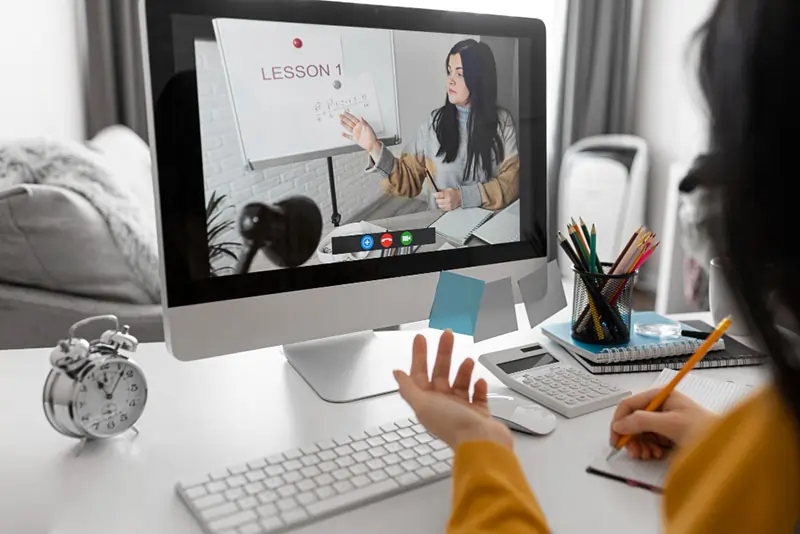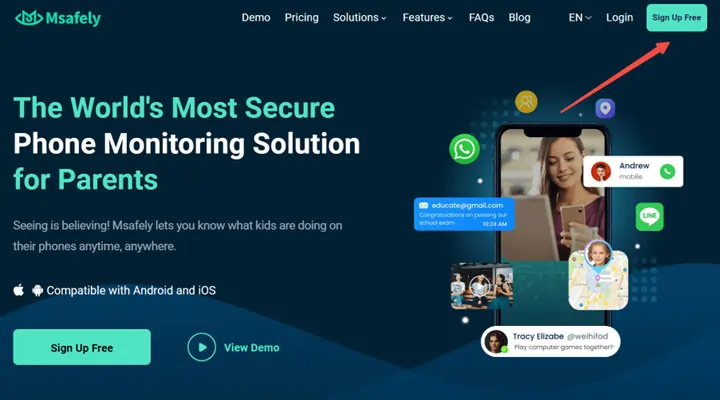Beyond The Classroom Walls: Creating Inclusive Online Learning Experiences For Sensory Learners
In recent years, the shift to online learning has transformed the face of education, affording opportunities for flexibility and accessibility to a larger group of students worldwide. For children who come with sensory processing needs, however, online learning presents unique challenges for accessibility.
Sensory learners are better understood and need to have an environment created particularly for them to excel academically. Here’s how teachers and guardians may create an inclusive online learning experience for sensory learners:
Understanding Sensory Processing Needs
Sensory processing is defined as how people process and respond to information from their surroundings. Some children have sensory processing difficulties and will either overreact or not react to certain stimuli like sound, light, touch, or movement. Understanding these needs can help in the creation of a powerful online learning experience.
Common Sensory Preferences
- Hypersensitivity: Overwhelmed by bright lights, loud noises, or crowded visual fields.
- Hyposensitivity: Desire for additional sensory stimulation, for example, movement or haptic stimulation to be interested and attentive.
Strategies for Inclusive Online Learning
The following strategies provide ways for online instruction to be more inclusive and engaging for students experiencing sensory processing challenges.
1. Personalized Learning Environments
Provide an adaptable online learning environment that responds to your needs as a sensory learner. Desirable features include settings for adjusting the brightness of the screen, volume control, and the ability to reduce on-screen clutter.
Practical Tip: Use websites that adapt to different interfaces. Recommend that your students personalize their workspace to reduce sensory overload.
2. Structured Schedules With Sensory Breaks
The structured schedules will help the sensory learners prepare and anticipate their day. Additionally, regular sensory breaks can prevent overstimulation and encourage focus.
Practical Tip: Incorporate brief frequent breaks where students can do some form of calming or stimulating activity like deep breathing exercises, stretching, or even fidget tools.
3. Multisensory Instructional Techniques
Use multisensory instructional strategies to meet individual differences in sensory needs. The combination of visual, auditory, and kinesthetic activities can aid in memorizing information as well as sustaining learner engagement.
Practical Tip: Utilize video demonstrations, interactive tasks, and hands-on activities. For example, include virtual labs or art assignments that students complete with hands-on materials at home.
4. Clear and Concise Communication
For those who learn through senses, clear and concise communication is necessary to prevent confusion and bring down the anxiety level. This can be done by using simpler instructions and visual aids.
Practical Tip: Use bullet points, short sentences, and images with icons to support written instructions.
5. Creating a Sensory-Friendly Learning Space
Help parents set up a sensory-friendly learning space at home. This space should be quiet, well-organized, and equipped with sensory tools that cater to their child’s needs. These features can be especially helpful for sensory learners enrolled in online high school classes, which often require increased concentration.
Practical Tip: Recommend noise-canceling headphones, low lighting, and a relaxing seating arrangement. It’s also helpful to include options to get up and move around, including a rocking chair or balance ball.
Leveraging Technology for Sensory Learners
Assistive Technologies
While assistive technologies are an excellent way to support sensory learners, there is much potential in using everyday technology to help students remain organized and on task. Examples include text-to-speech software, speech-to-text applications, and a visual timer.
Apps and extensions that can support sensory needs should be integrated into the online learning platform, as these devices may help bridge between sensory preference and academic needs.
Online Resources and Support
Access to online resources tailored for sensory learners would improve their educational experiences. Some can include websites offering sensory activities, calming techniques, and online interactive learning modules that can really prove helpful.
Collaboration Between Educators and Parents
Collaboration between educators and parents is vital to provide a collaborative supportive learning setting. Regular communication and feedback can help to bridge the changing needs of sensory learners.
Organize frequent check-ins with parents about your child’s academic and other adjustments required. Work together and share strategies and resources to provide consistency both at home and at school or online locations.
Creating inclusive online learning experiences for children who learn through senses necessitates an understanding, flexibility, and innovation in approaches. Personalized strategies, utilizing technology, and fostering collaboration will help both educators and parents ensure participation of sensory learners in online education. Online high school classes can be made fully accessible and engaging for all students through thoughtful adaptation beyond the typical classroom walls.
Author bio:Jessica Moore is the Digital Marketing Director at Graduation Alliance, the parent company of The American Academy. With more than 18 years of experience, she focuses on providing pathways to high school graduation for youth and adults, fostering college and career exploration, and connecting job creators to skilled and ready workers.


